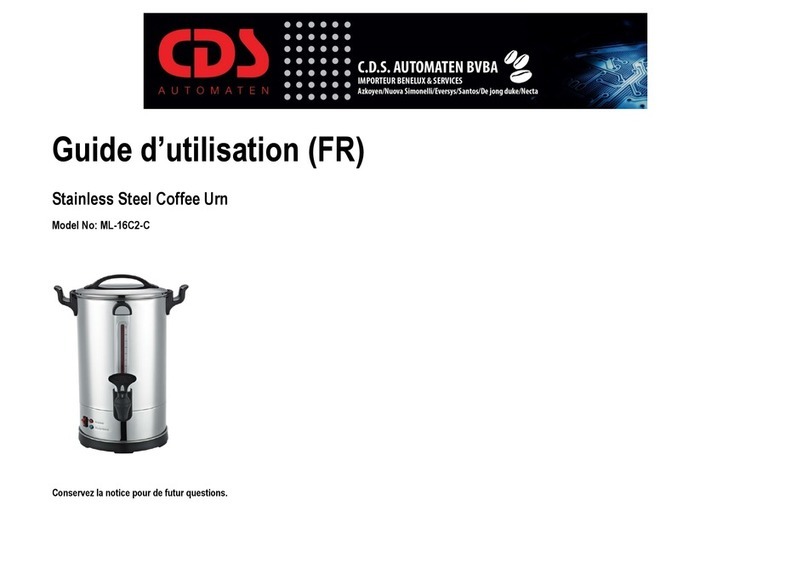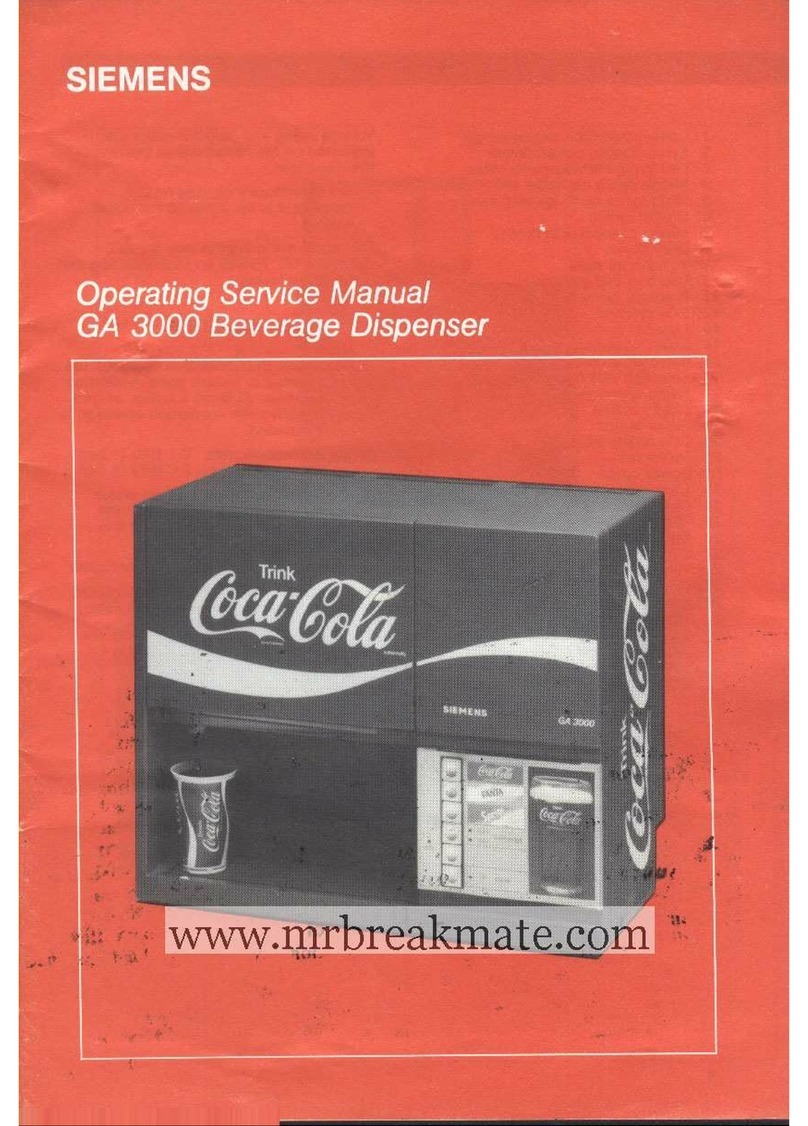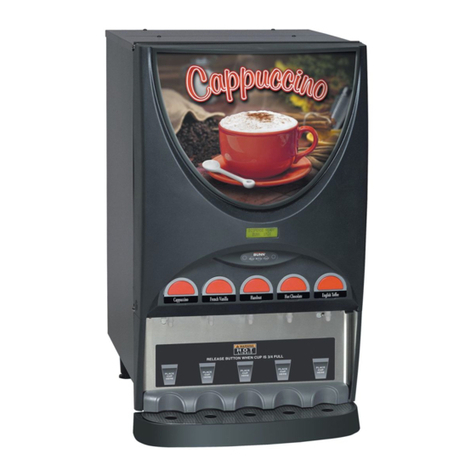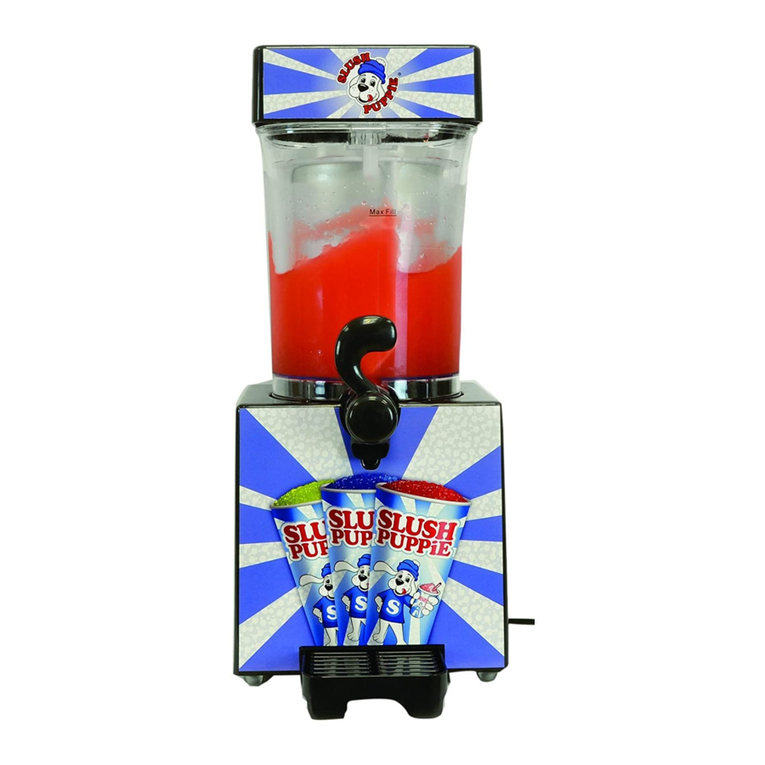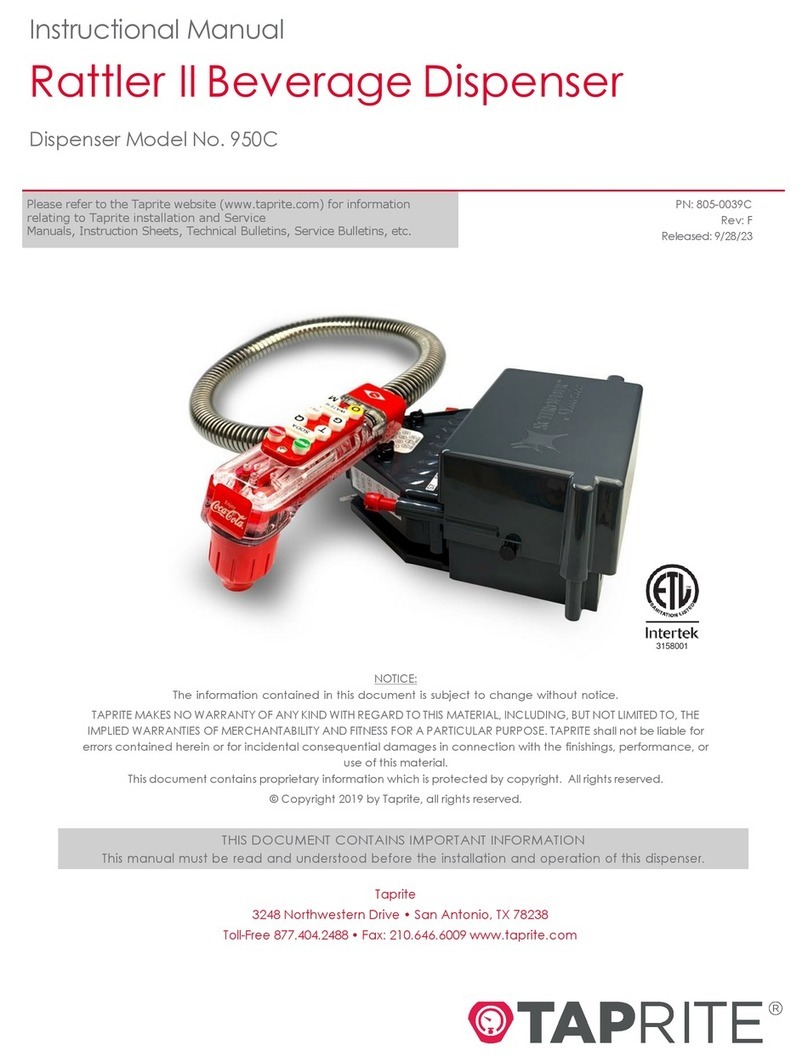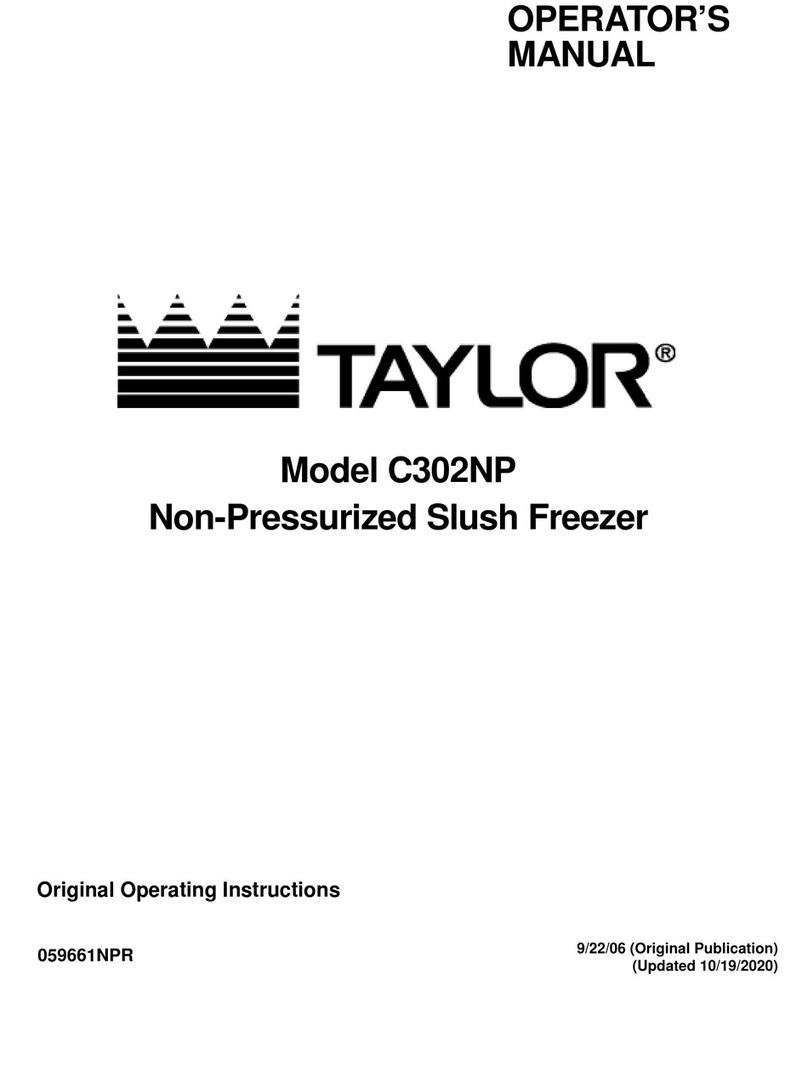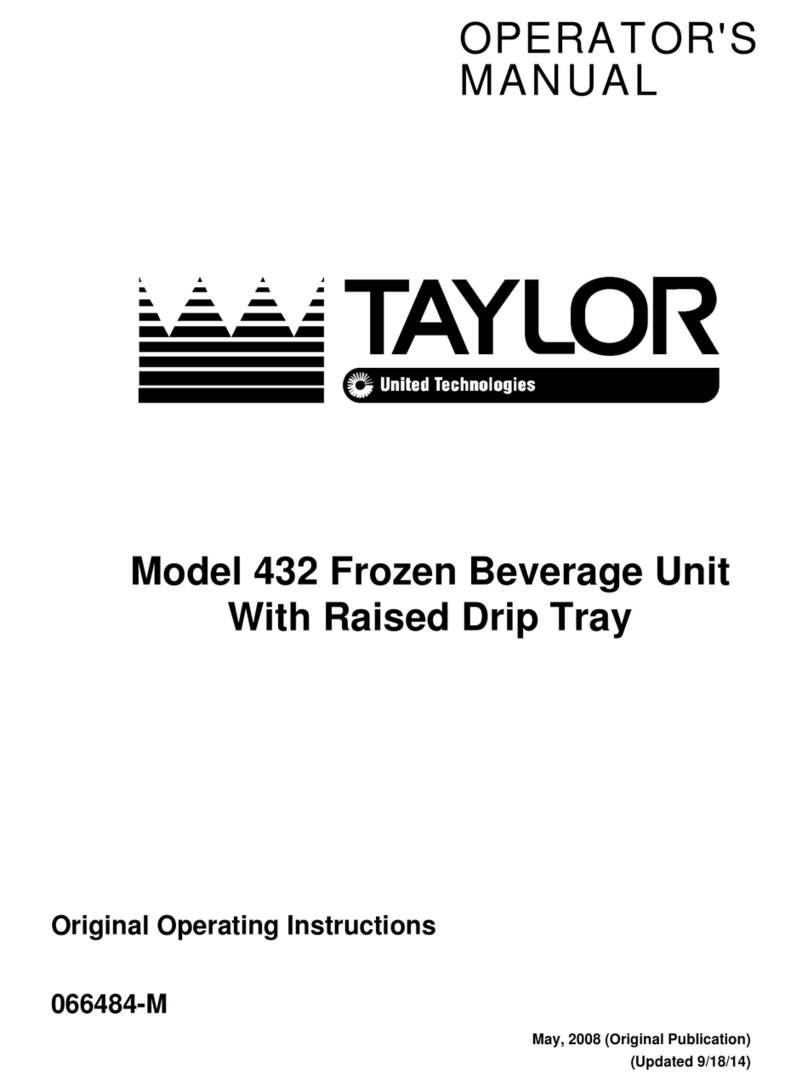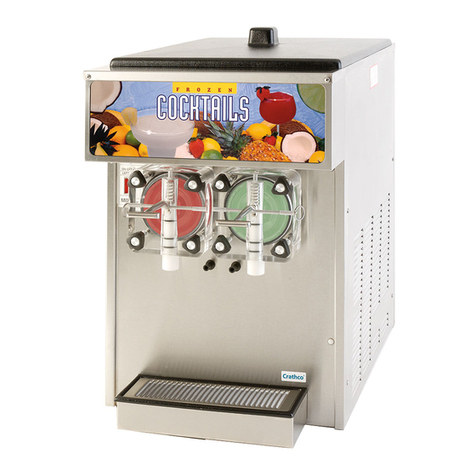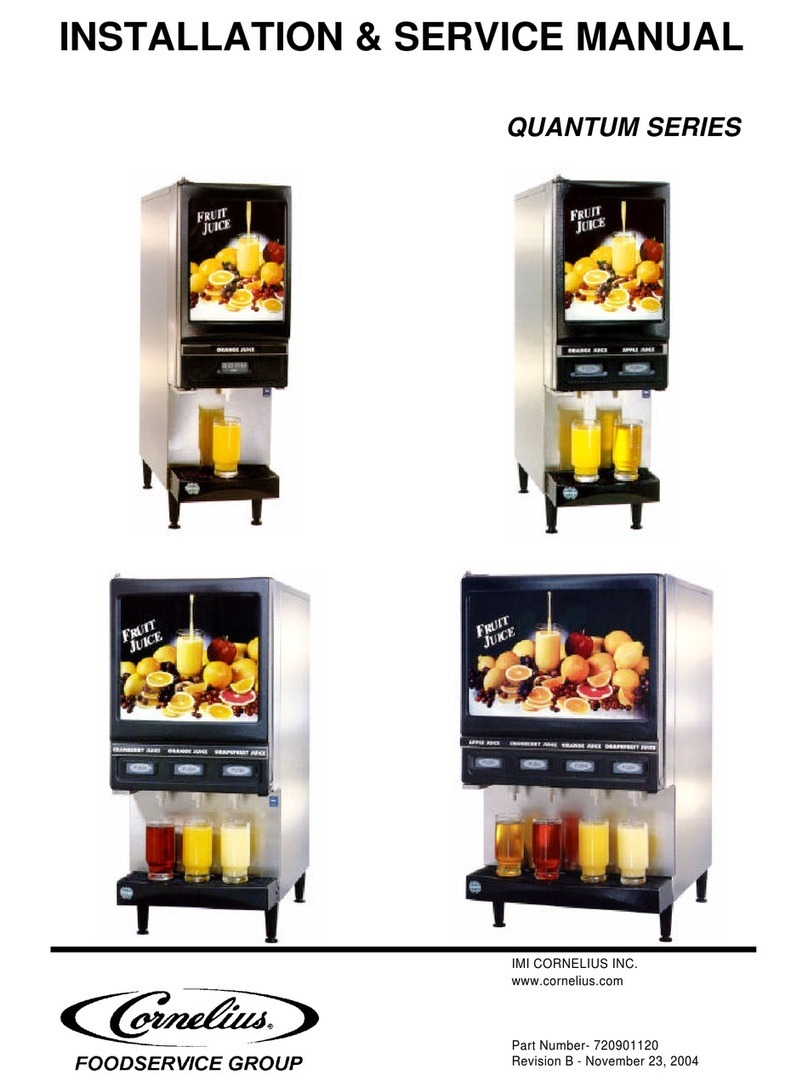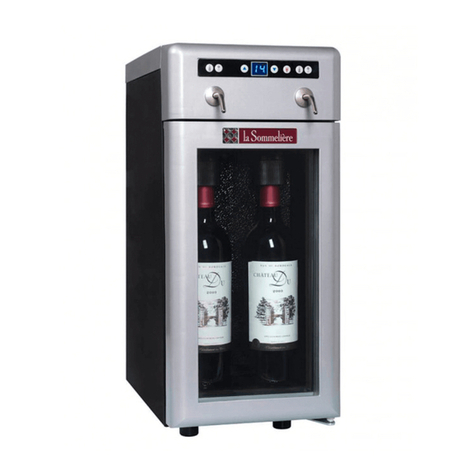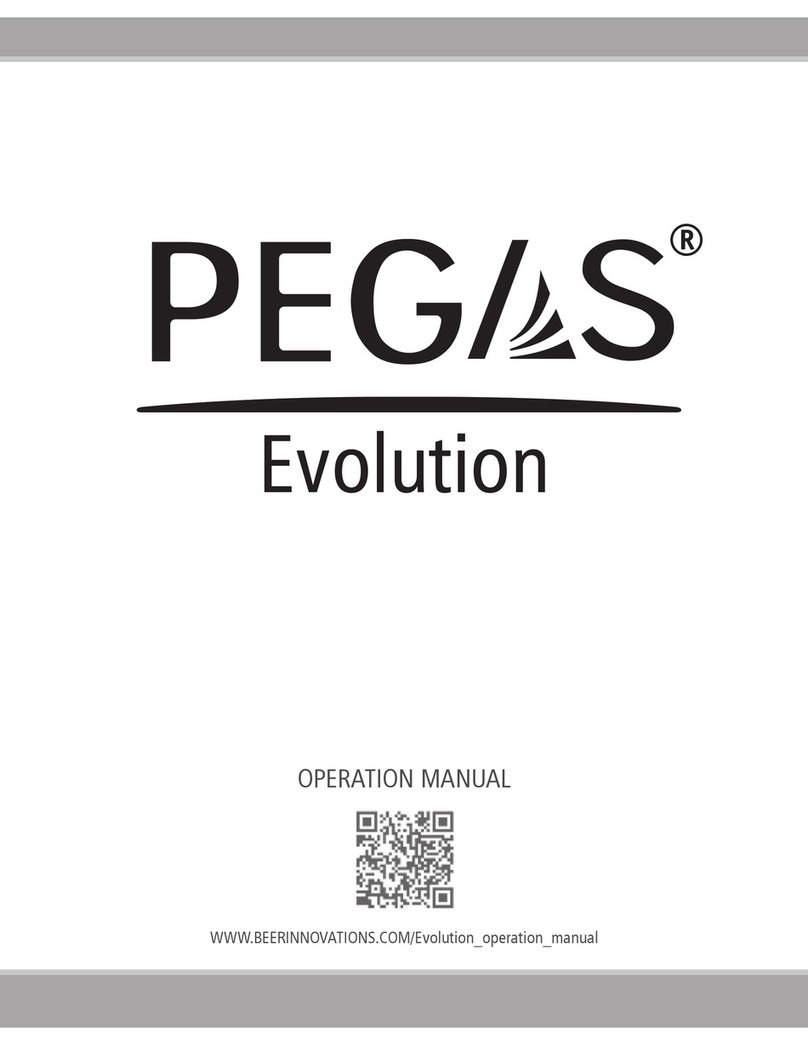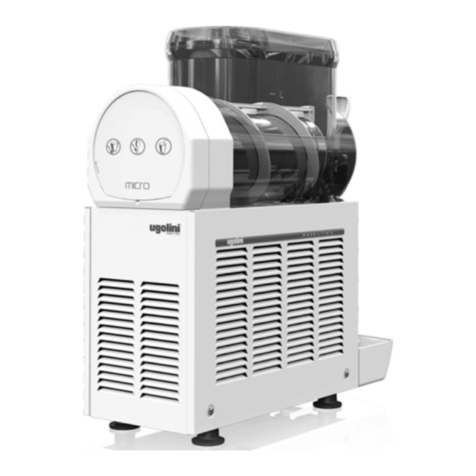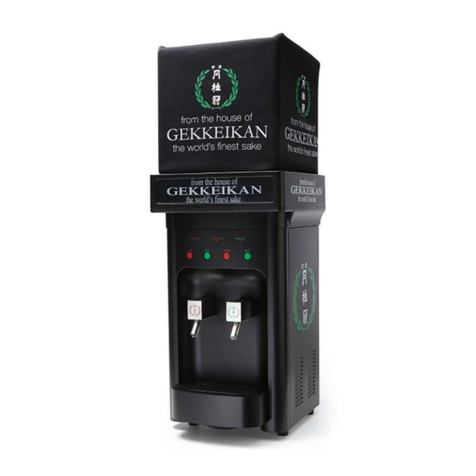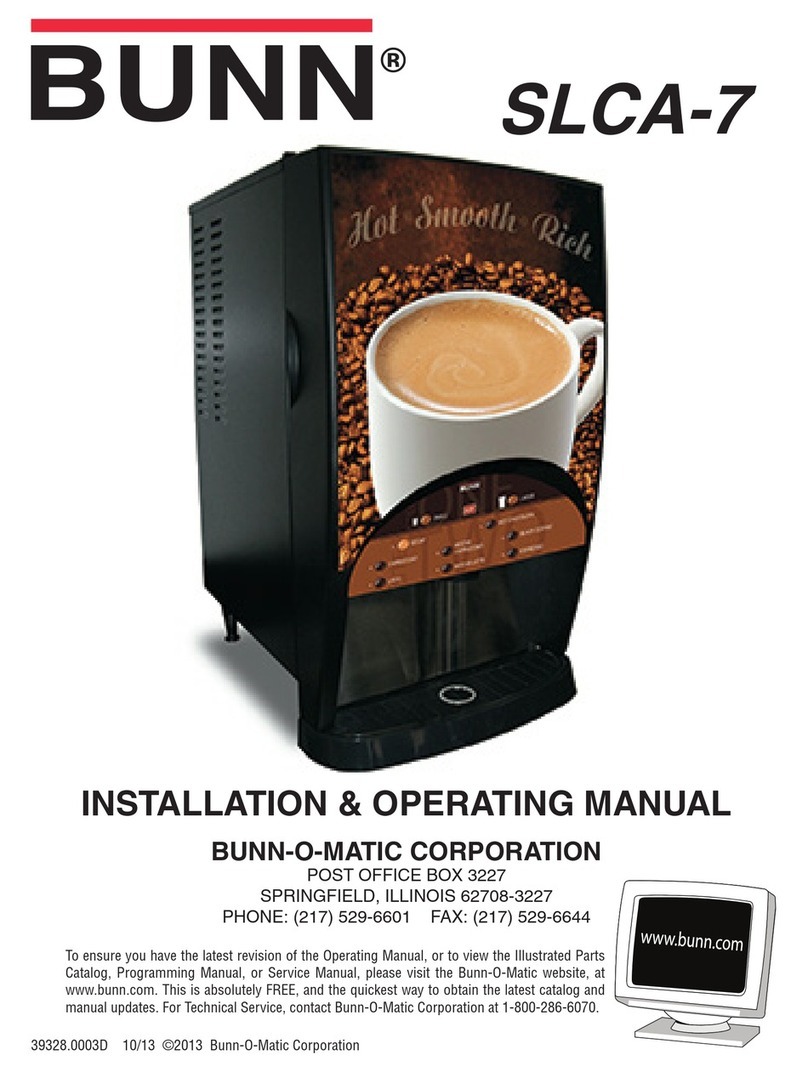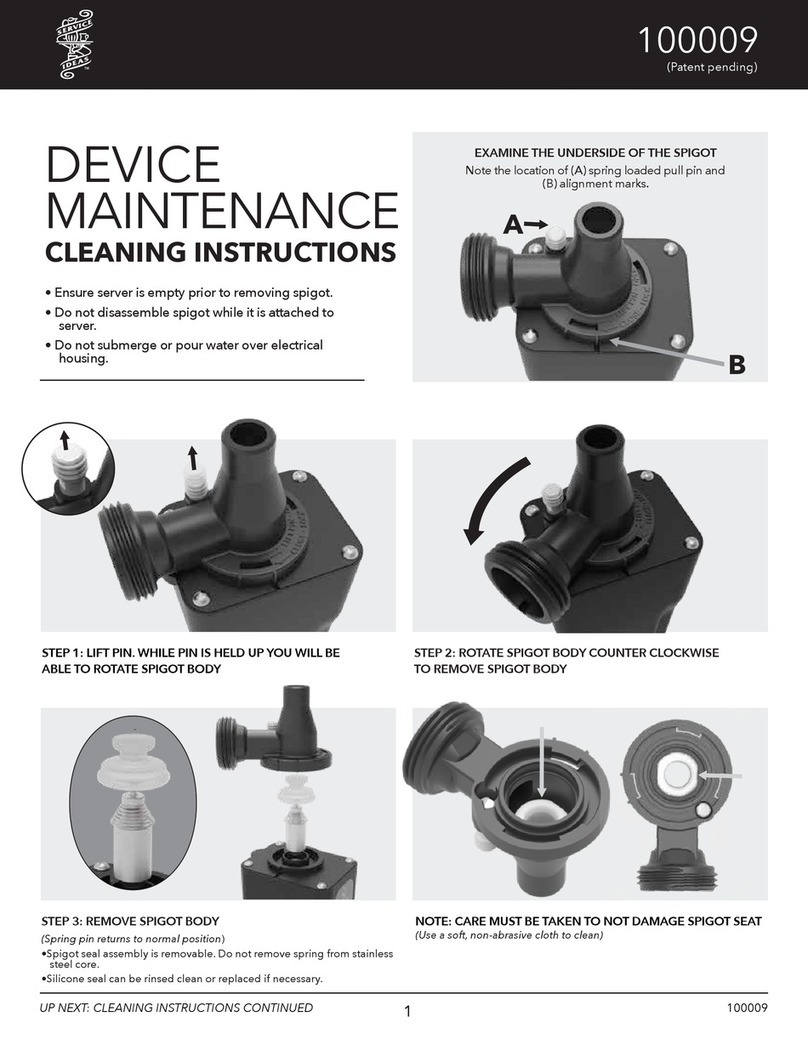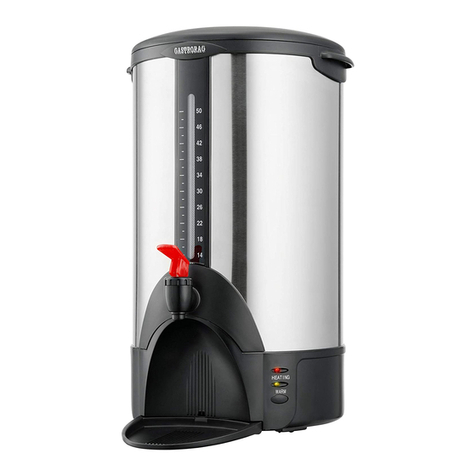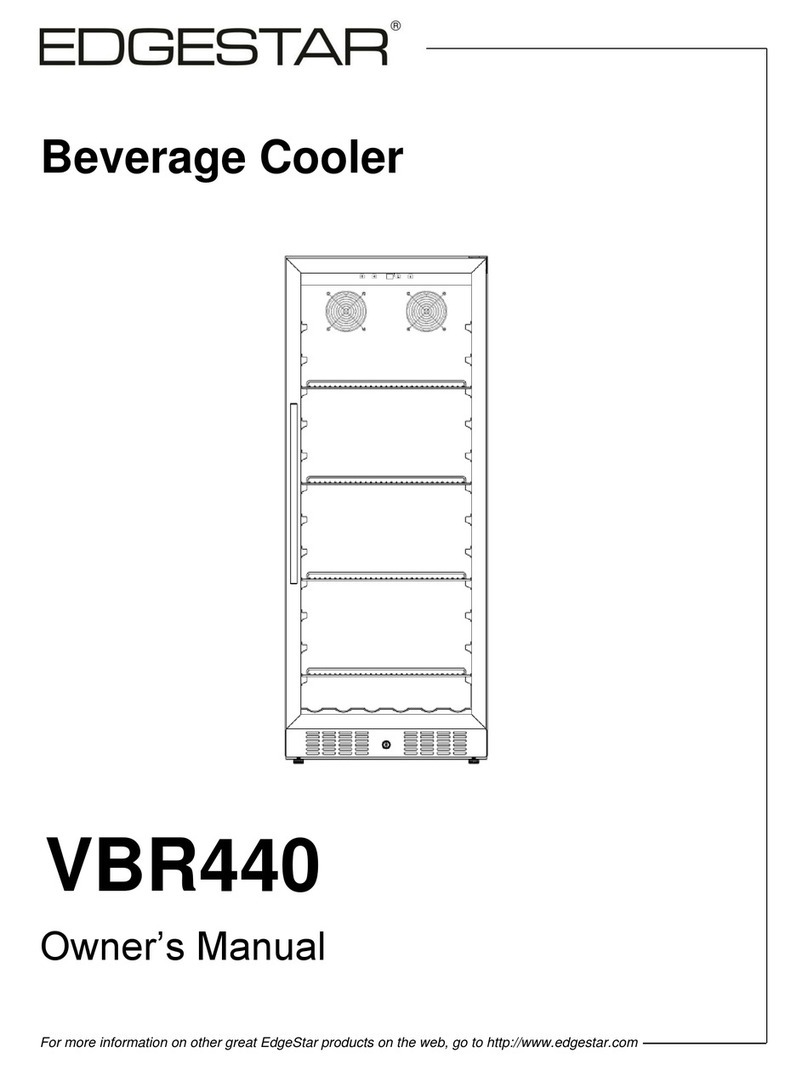
1-2
TO THE INSTALLER
Models RD30/RC25 To the Installer
1
Electrical Connections
IMPORTANT! In the United States, this
machine is intended to be installed in accordance with
the National Electrical Code (NEC), ANSI/NFPA 701987.
The purpose of the NEC code is the practical
safeguarding of persons and property from hazards
arising from the use of electricity. This code contains
provisions considered necessary for safety.
In all other areas of the world, the machine should be
installed in accordance with the existing local codes.
Please contact your local authorities if you have any
questions.
Each machine requires one power supply for each data
label on the machine. Check the data label(s) on the
machine for branch circuit overcurrent protection or fuse,
circuit ampacity, and other electrical specifications.
See the wiring diagram provided inside the electrical box
for proper power connections.
WARNING! This machine must be properly
grounded. Failure to do so can result in severe personal
injury from electrical shock.
IMPORTANT! An equipotential grounding lug is
provided with this machine. Some countries require the
grounding lug to be properly attached to the rear of the
frame by the authorized installer. The installation location
is marked by the equipotential bonding symbol (5021 of
IEC 60417-1) on both the removable panel and the
machine's frame.
WARNING! Avoid injury.
•DO NOT operate the machine unless it is
properly grounded.
•DO NOT operate the machine with fuses larger
than specified on the machine's data label.
• All repairs should be performed by an
authorized Taylor service technician.
• The main power supplies to the machine must
be disconnected prior to performing installation,
repairs, or maintenance.
•For Cord-Connected Machines: Only Taylor
service technicians or licensed electricians may
install a plug or replacement cord on the
machine.
• Machines that are permanently connected to
fixed wiring and for which leakage currents may
exceed 10 mA, particularly when disconnected
or not used for long periods, or during initial
installation, shall have protective devices to
protect against the leakage of current, such as a
GFI, installed by the authorized personnel to
local codes.
• Stationary machines that are not equipped with
a power cord and a plug or another device to
disconnect the appliance from the power source
must have an all-pole disconnecting device with
a contact gap of at least 0.125 in. (3 mm) in the
external installation.
• Supply cords used with this machine shall be
oil-resistant, sheathed flexible cable not lighter
than ordinary polychloroprene or other
equivalent synthetic elastomer-sheathed cord
(code designation 60245 IEC 57) installed with
the proper cord anchorage to relieve conductors
from strain, including twisting, at the terminals
and protect the insulation of the conductors from
abrasion.
• If the supply cord is damaged, it must be
replaced by the manufacturer, service agent, or
a similarly qualified person to avoid a hazard.
• Secure supply cord ground lead to machine in a
location where if the cord is pulled the main
power leads become taut before the ground
lead can break loose.
Failure to follow these instructions may result in
electrocution. Contact your local authorized Taylor
distributor for service.
!
FOLLOW YOUR LOCAL ELECTRICAL CODES.
